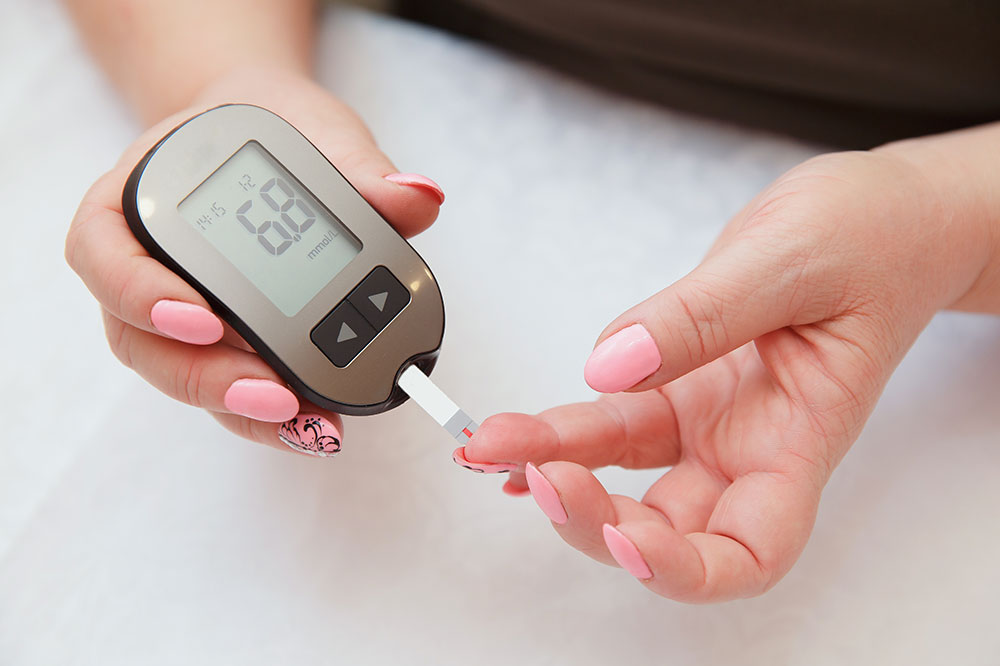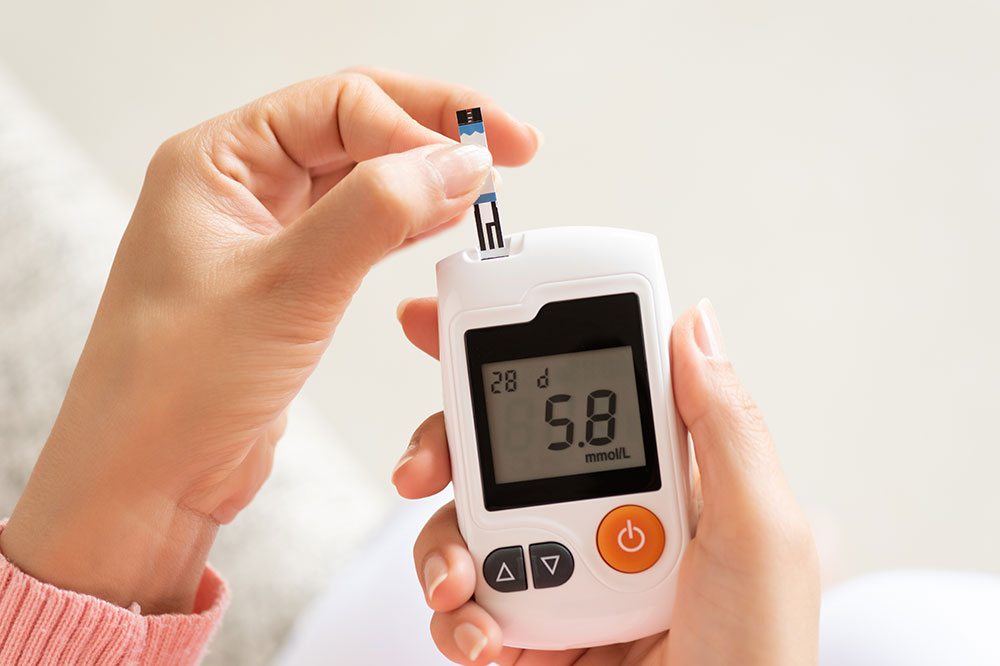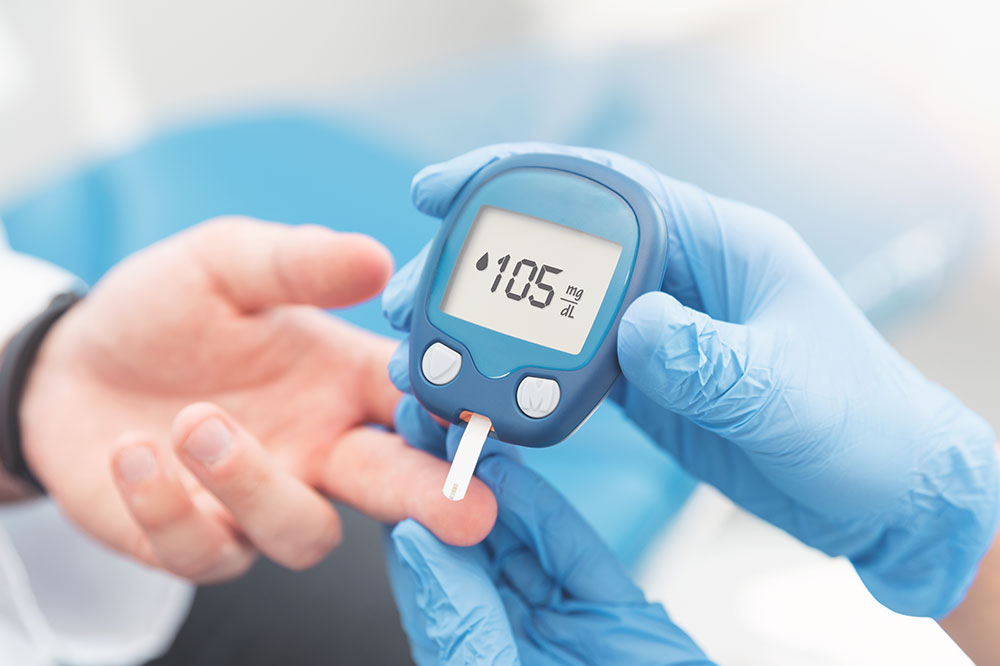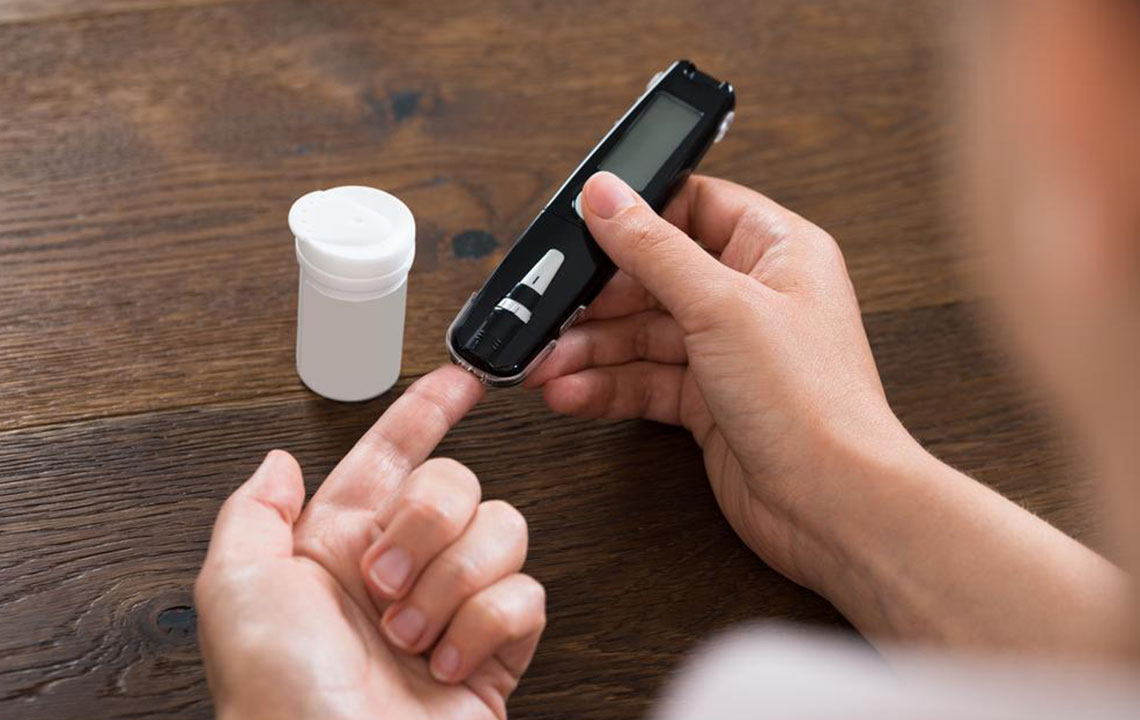A Comprehensive Guide to Normal Blood Glucose Levels and Effective Monitoring Strategies
This comprehensive article explains what constitutes normal blood glucose levels, discusses differences between sugars, and offers detailed insights into effective monitoring strategies. It emphasizes the importance of maintaining blood sugar within healthy ranges to prevent complications in diabetes management. Practical guidance on testing methods like fingerstick and continuous glucose monitors is provided, along with tips on interpreting results and taking preventive measures. Ideal for individuals managing diabetes or seeking to understand blood sugar health, this guide supports better lifestyle choices for long-term well-being.

A Comprehensive Guide to Normal Blood Glucose Levels and Effective Monitoring Strategies
Maintaining optimal blood glucose levels is a cornerstone of managing diabetes and safeguarding overall health. Understanding what constitutes normal blood sugar levels, recognizing the differences between various types of sugars, and employing effective monitoring techniques are critical components for individuals aiming to prevent complications and promote well-being. This detailed guide dives into the essentials of blood glucose management, explaining key concepts, target ranges, and practical tips for effective monitoring.
Before delving into the specifics, it's important to clarify the distinction between ‘sugar’ and ‘glucose.’ Sugar is a general term that refers to sweet-tasting carbohydrates soluble in water, including compounds like sucrose (table sugar), fructose, and lactose. Glucose, however, is a specific simple sugar (monosaccharide) that serves as the primary energy source for our cells. When we consume carbohydrate-rich foods, such as bread, rice, or fruits, our bodies break down these nutrients into glucose, which then enters the bloodstream. Other sugars such as fructose and lactose undergo conversion processes — fructose is primarily processed in the liver into glucose, while lactose (milk sugar) is broken down into glucose and galactose.
These sugars are vital because they provide the energy necessary for all bodily functions. Our bodies efficiently convert starches and other complex carbohydrates into glucose during digestion. The regulation of blood glucose levels is thus crucial for health, as imbalances can lead to health issues such as diabetes mellitus, cardiovascular disease, and nerve damage.
Blood glucose levels are measured in different units depending on regional standards: in the United States, mg/dl (milligrams per deciliter) is the common unit; in many other countries like the UK and Canada, mmol/L (millimoles per liter) is used. This difference necessitates familiarity with conversion formulas if comparing data from different regions.
What Are Normal Blood Sugar Levels?
Blood glucose levels are dynamic, fluctuating throughout the day based on meal times, physical activity, stress, and other factors. For individuals without diabetes, fasting blood glucose levels — measured after at least 8 hours without eating — typically fall below 100 mg/dl, ideally remaining between 70-99 mg/dl. It’s common for levels to be on the lower end before meals, which indicates a blood sugar that is well-regulated.
Post-meal, blood sugar naturally rises as the body metabolizes food. In non-diabetic individuals, blood glucose levels are expected to stay below 140 mg/dl two hours after eating, after which they should gradually return to baseline. For people with diabetes, the target is to keep fasting glucose between 80–130 mg/dl and post-meal levels under 180 mg/dl, to prevent long-term health complications such as nerve damage, kidney disease, and cardiovascular issues.
Beyond daily fluctuations, healthcare providers use hemoglobin A1c testing to assess long-term blood sugar control. This test measures the percentage of hemoglobin molecules in red blood cells that are glycated, providing an average blood glucose level over the past 2-3 months. An A1c below 5.7% is considered healthy, indicating good control. Levels between 5.7% and 6.4% suggest prediabetes, while levels at or above 6.5% are diagnostic of diabetes.
Implications of Blood Glucose Imbalances
Consistently high blood glucose levels, known as hyperglycemia, can cause damage to blood vessels and nerves, leading to serious complications such as diabetic retinopathy, nephropathy, and neuropathy. Over time, persistent hyperglycemia increases the risk of cardiovascular disease. Conversely, low blood sugar, or hypoglycemia, can cause symptoms like dizziness, confusion, sweating, and in severe cases, loss of consciousness or seizures. Therefore, maintaining blood sugar within recommended ranges is essential for long-term health and quality of life.
Monitoring Blood Glucose Effectively
Regular monitoring is key for people with diabetes, helping them manage their condition and avoid dangerous fluctuations. There are several methods available:
Fingerstick Testing: The traditional method involves pricking the fingertip to obtain a small blood sample, which is then analyzed using a glucose meter. This method provides immediate results and is essential for daily monitoring, especially for insulin adjustments.
Continuous Glucose Monitoring (CGM): CGM devices involve a small sensor inserted under the skin that measures glucose levels in interstitial fluid in real-time. These devices transmit data to a receiver or smartphone, allowing users to monitor trends and make informed decisions. CGMs are particularly useful for detecting hypoglycemia or hyperglycemia trends and adjusting treatment accordingly.
Both methods support effective glycemic control, with the choice depending on individual needs, lifestyle, and healthcare provider recommendations. Ensuring consistent testing at prescribed intervals enables early detection of problems, helping prevent acute episodes and long-term complications.
In addition to self-monitoring, regular doctor visits for comprehensive assessment — including HbA1c testing and lipid profiles — provide a broader picture of overall health and guide treatment adjustments. Lifestyle modifications such as balanced diet, regular exercise, weight management, and adherence to medication can significantly impact blood glucose control.
Conclusion
Understanding the normal ranges of blood glucose and employing effective monitoring strategies are vital steps toward optimal health, especially for those managing diabetes. Maintaining blood sugar within target ranges reduces the risk of complications, enhances quality of life, and promotes overall well-being. Educating oneself about blood sugar management, staying consistent with testing, and collaborating closely with healthcare providers form the pillars of effective diabetes care and prevention.





